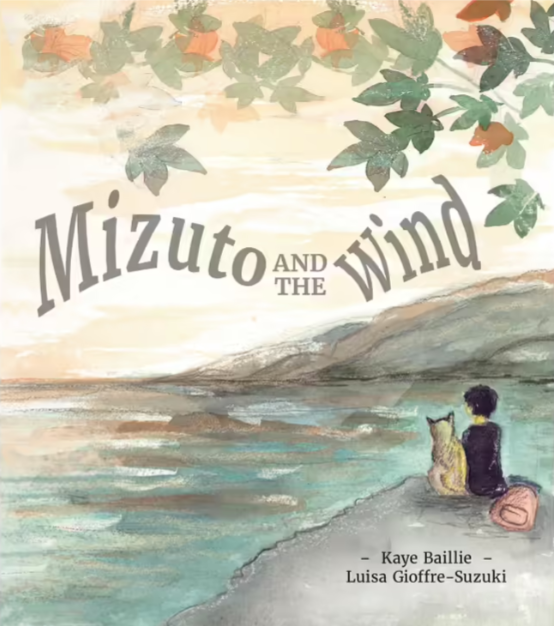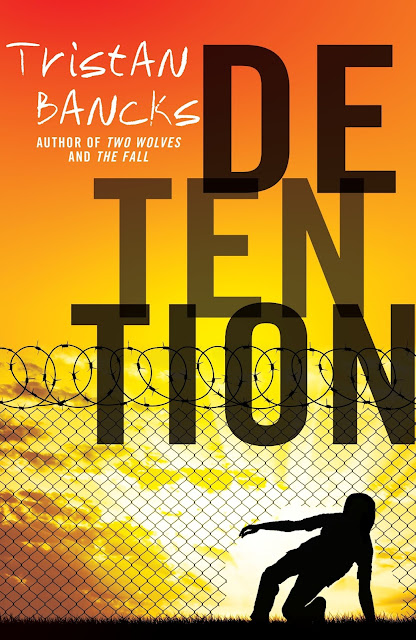Review: Mizuto And The Wind
I’m a well-known advocate for the ability of picture books to relay messages of the heart, heavy and often indescribably unbearable ones, like grief. Mizuto and the Wind is such an example, a worthy conduit of emotion that is indescribably, beautiful. Because beneath the mantle of poignant suffering, there is a persistent uplifting whisper of hope.
Gifted wordsmith, Kaye Baillie drew
inspiration for this stirring story after learning about a real-life Kaze no
Denwa – Wind Phone – erected by Itaru Sasaki as a place of respite and
recovery. Following the Great East Japan earthquake and subsequent horrific
tsunami in 2011, Sasaki made his Wind Phone accessible to anyone who might
benefit from visiting.
Tragedy often has the most benign and
banal beginnings, which describes the morning Mizuto’s father farewelled him,
leaving for work, never to return. Following the catastrophic destruction of
the seaside township of Otsúchi, Mizuto and his mother are themselves swept up into
an ocean of disbelief, grief and despair. His mother’s smile has lost its
sparkle. His father’s garden lies in neglect. Silence overwhelms him until he
hears about the Wind Phone. Could this be a way to find his missing father?
Unable to share his fevor, Mizuto’s
mother remains at home while he sets off to find the phone booth on his own. He
wades through the tangle of broken things that once were homes and dreams until
he reaches the top of the hill. And there, in a garden awash with gentle
breezes, Mizuto lifts the receiver and … connects.
Through the bridge the phone
provides with the wispy clouds and lilting wind, Mizuto unites his grief and
all the beautiful memories that formed his relationship with his father
eventually finding an altered but calming peace. This in turn allows him to
reconnect with his mother, reigniting her joy for living. Together they use the
conduit of the Wind Phone to communicate with a loved one they have lost and
also to maintain their love for him.
Baillie’s rendition of this observation
of grief and our ability to assimilate and live with it is, to be frank,
tear-inducing, but in the most resonant way. It is the voice of hope resounding
louder than the sadness in this book that makes the whole experience a
transformative joy. Luisa Gioffre-Suzuki’s stunning ink and watercolour illustrations
elevate Mizuto’s story to what surely will be an award-winning classic, at home
either in the class room or home library.
Considered use of colour, lighting and
shade create an immaculate before and after visual narrative that alternatively
pulses with offshore breezes and gut-wrenching desolation. When life and
manmade things are gone, so too is the colour in Mizuto’s life. Form and purpose
seep from the pages until all that is left is a ruin of black and white images
and smudges of reality churning within a mess of heartache and confusion.
Colour and hope though return, following Mizuto throughout the book as autumn leaves dancing on
the breeze until hope, reinstated, remains in a sky hued in soft oranges and uplifting
yellows.
Mizuto
and the Wind truly is a
masterpiece, eloquently relayed and sublimely executed that reminds us that the
power of love and hope is as commanding as the forces of nature.
Highly recommended reading.
Title: Mizuto And The Wind
Author: Kaye Baillie
Illustrator: Luisa Gioffre-Suzuki
Publisher: MidnightSun Publishing, $29.99
Publication Date: June 2023
Format: Hardcover
ISBN: 9781922858023
For ages: 6+
Type: Picture Book
Buy the Book: Boomerang
Books, Booktopia



Comments